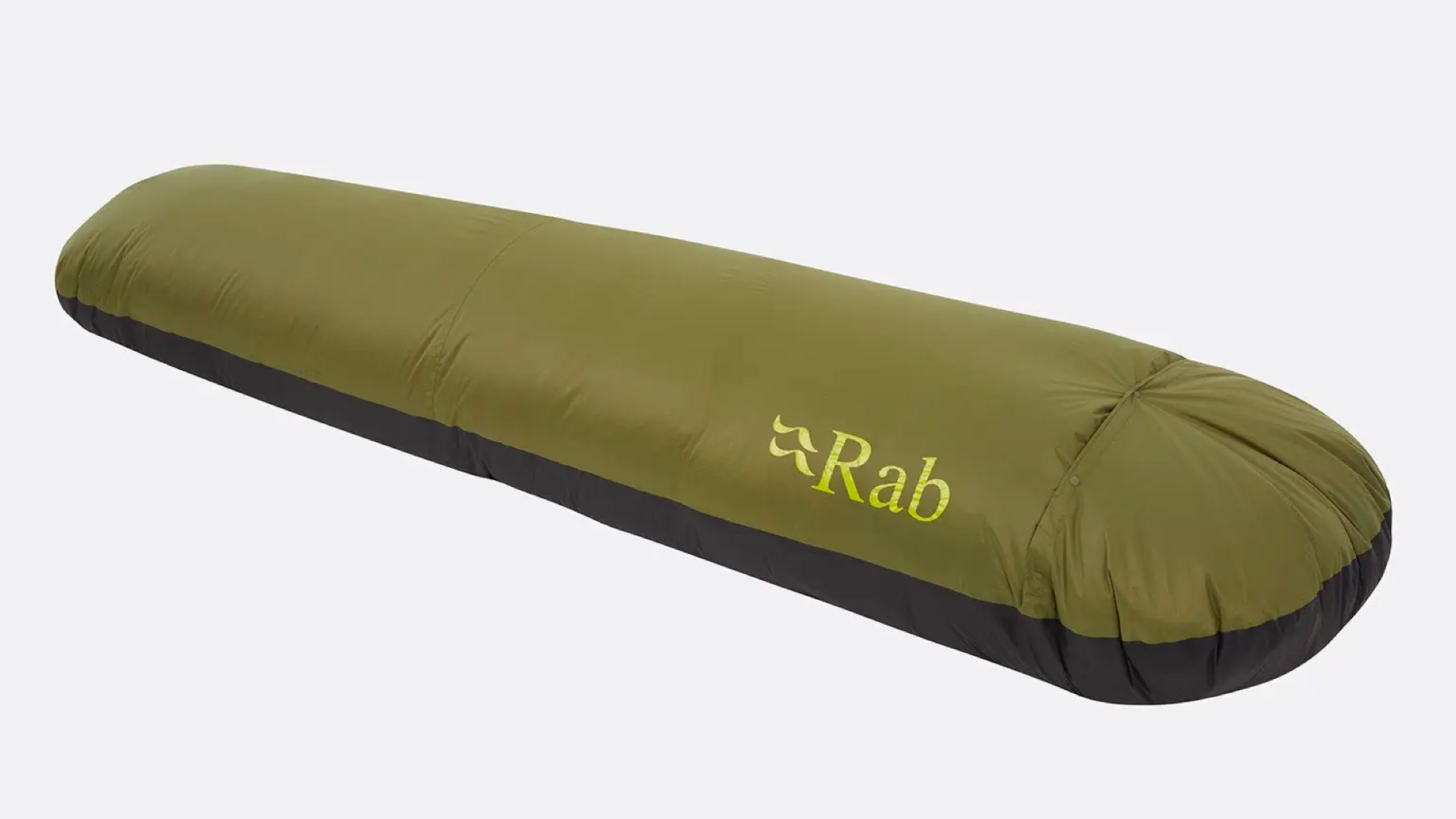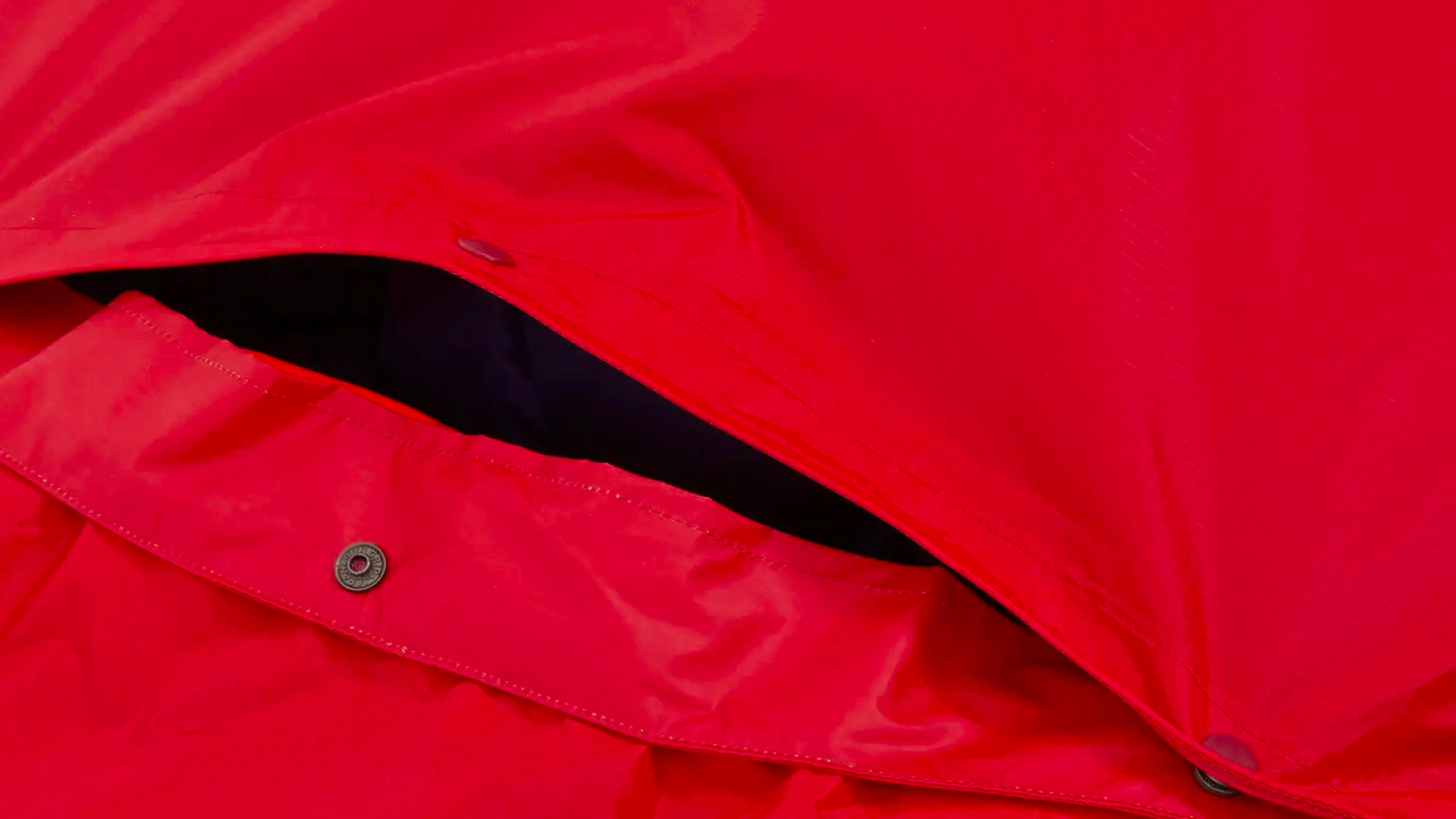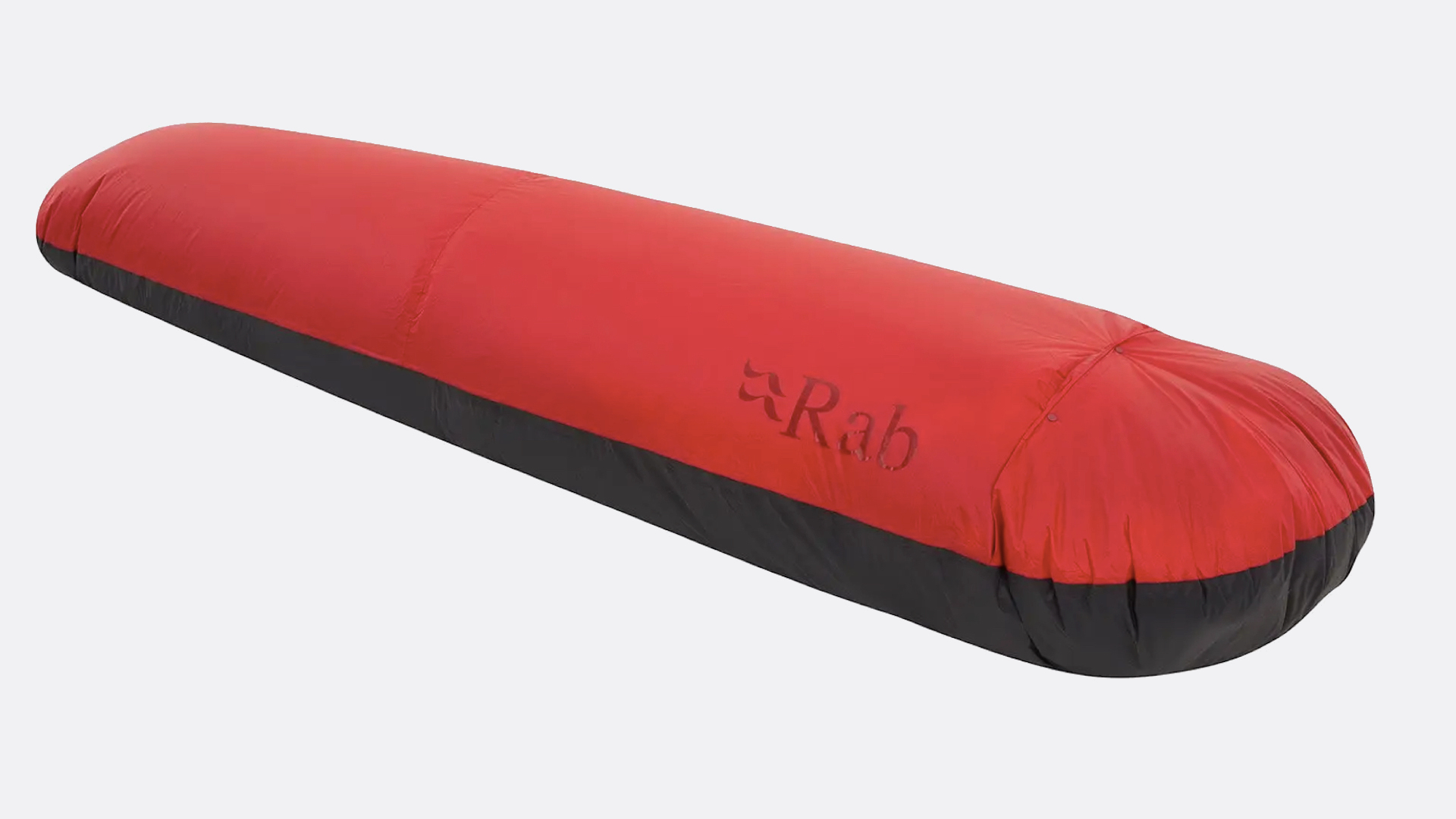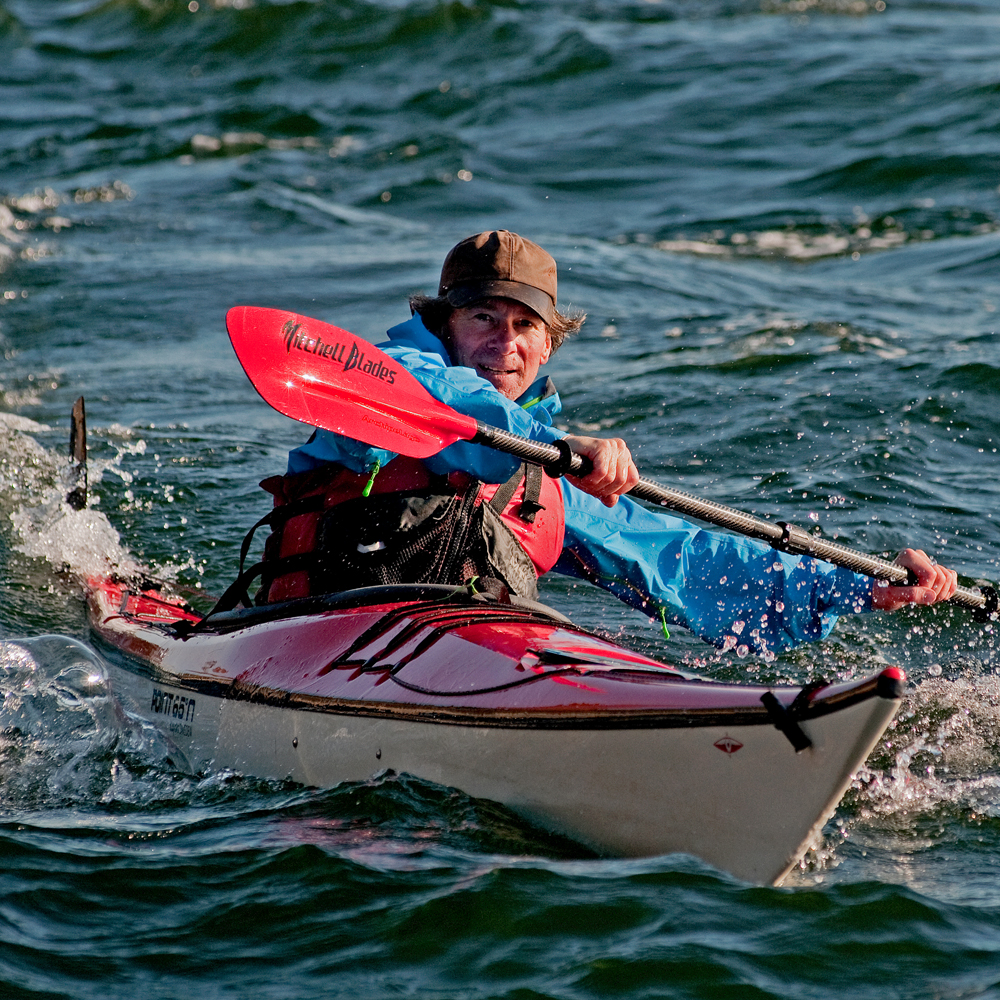Advnture Verdict
Muted colors and high functionality combined with simplicity make the Trailhead ideal for low-impact nights out, while the use of fluorocarbon-free durable water-repellent coating in manufacture is easy on the environment.
Pros
- +
Stiffened rain gutter over mouth closure
- +
Good length for some gear storage inside hood
Cons
- -
Narrower than some other bivy sacks
You can trust Advnture
RAB Trailhead Bivi: first impressions

A bivy sack (or “bivi”, as RAB prefer) sized and featured for slipping a sleeping bag into for quick and easy deployment, the RAB Trailhead Bivi is a lightweight sack that offers good length.
• RRP: $110 / £90 (UK)
• Weight: 406g / 14.3oz
• Length: 250cm / 98.5in
• Width (shoulder & foot): 85cm & 61cm / 33.5in & 24in
• Materials: Top: 40D coated nylon ripstop; bottom: 40D coated nylon ripstop
• Mouth Closure: Press studs
• Features: Rain gutter protecting head opening; separate stuff sack
• Colors: Chlorite Green / Ascent Red
The Trailhead has a capacious hood, which you close using poppers along the mouth’s edges. Unlike drawstring closures this allows for a stiffened and folded “rain gutter”, which, when deployed properly, funnels water away to the sides and keeps even persistent rain out.
The Trailhead is an open-face style bivi, and the zipped mesh vent cuts down on condensation. Made with 40D ripstop nylon, the high-tech fabrics use fluorocarbon-free durable water repellent coating for effective rain proofing with less adverse effect on the environment. The Trailhead packs up into a separate stuff sack.
But how did the RAB Trailhead Bivi fare under test conditions for our Best Bivy Sack buying guide? Read on…
RAB Trailhead Bivi: on the trails

Although more than capable of providing stand-alone weather proofing on a multi-day lightweight trip in three-season weather, this is the kind of sack I would typically use to add secondary warmth, wind-proofing and rain protection when tarp camping, so I could use a lighter sleeping bag.
It is a little tight at the foot end and across the shoulders when I put my full-sized sleeping mat inside, but there’s plenty of length to allow some kit storage in the hood.
The sack’s mouth closes with three popper studs, which were initially awkward to set up while lying inside the sack. But once I’d got a technique sorted out for closing myself in, I was able to arrange the overlap between the hood and the stiffened rain gutter so there was both ventilation and weather protection.
I found that it worked better when I put a bundle of kit inside the hood to raise the skin and create a bit of pitch, and it was important to face the opening out of the prevailing wind or rain, as one would with any bivy sack.
After a wild childhood in west Cork, Jasper Winn began embarking on long cycles, walks, horse journeys and kayak trips across five continents – adventures he’s decanted into books, magazine articles, radio and television documentaries. Keen on low-tech but good gear, Jasper is an advocate of slow adventures by paddle, pedal, saddle, boot and sail. He has circumnavigated Ireland by kayak and cycled across the Sahara. Twice. Having ridden north-to-south across Algeria he discovered the only way to get back was to turn round and pedal north again.


